The Evolution of Continuous Insulation
The NFPA 285 Test
The 30 minute test is conducted on a full scale 2-story wall assembly, built as it would be in the field, on the front side of a three sided test structure (See Figures 5 and 6). The test wall has a window in the center of the lower floor (See Figure 7). The test scenario is that a flashover fire, unrelated to the combustibles in the wall, has occurred in the lower story room emitting a fire plume through the window and out of the room of origin. Early in the 30 minute exposure the fire plume wraps around the window head, extending up the exterior surface of the wall (See Figure 8). To pass, the wall assembly must limit fire spread vertically and horizontally away from the window. The extent of fire spread is determined visually, measured in feet, and by temperature that is measured by thermocouples placed throughout the wall assembly (See Figure 9).
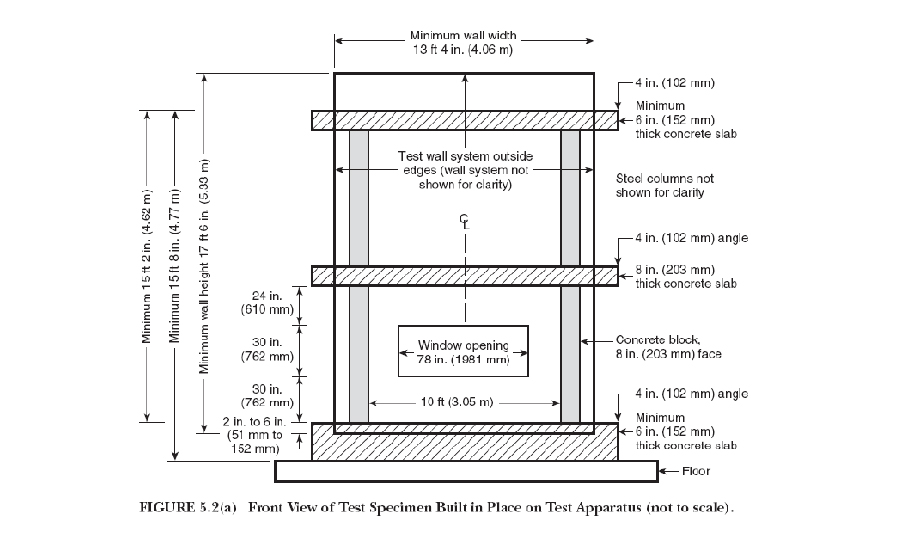
Figure 5: NFPA 285 Test Apparatus, Front Elevation
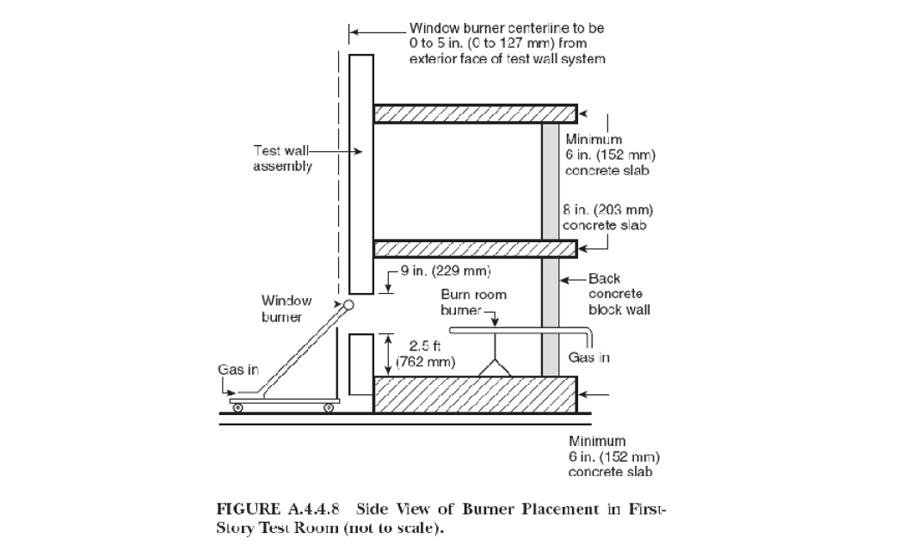
Figure 6: NFPA 285 Test Apparatus, Side Section
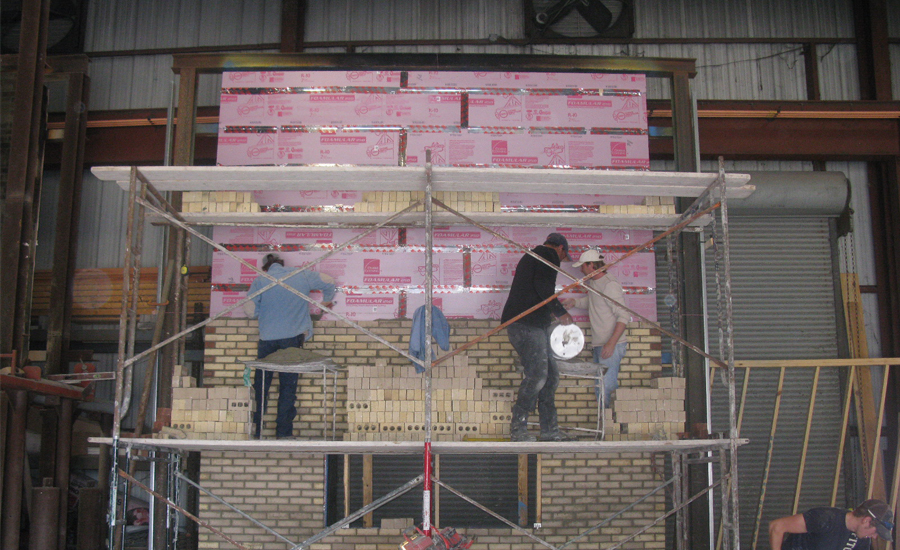
Figure 7: NFPA 285 Test Wall Under Construction
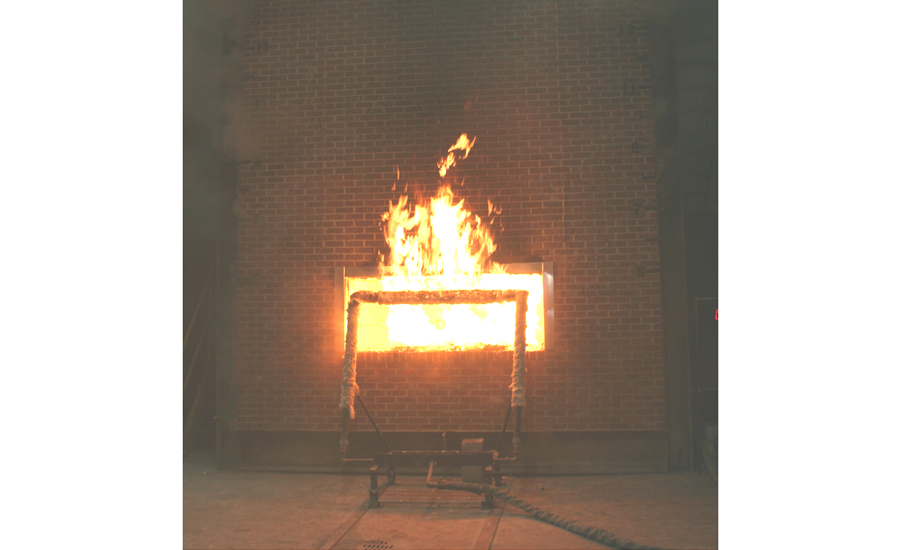
Figure 8: Fire Plume Exiting 1st Story Window
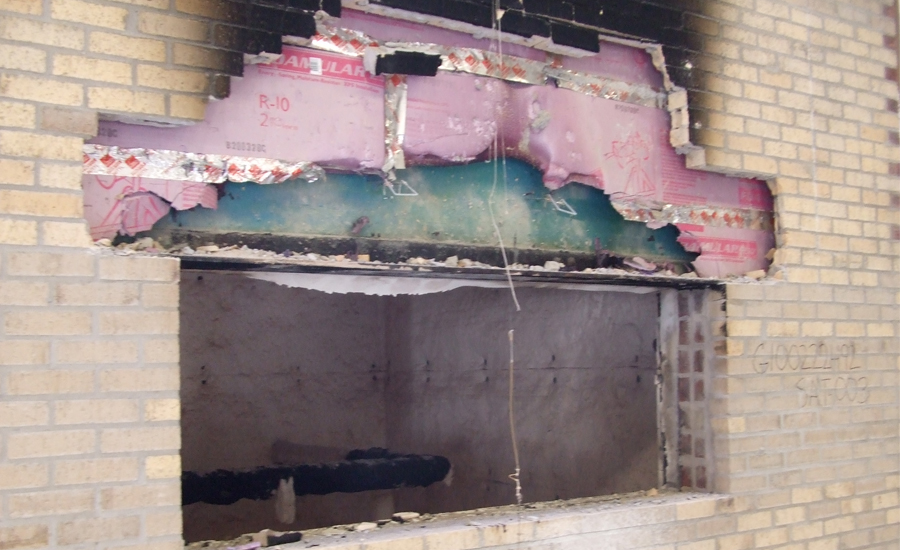
Figure 9: Wall Showing Limited Fire Spread After Brick Veneer Has Been Stripped
Selecting Continuous Insulation
When selecting the appropriate type of continuous insulation for exterior walls, there are some key characteristics that must be considered. The primary considerations are what type of cladding is specified and how much water is expected to penetrate the cladding? The type of cladding determines the degree of fire protection and UV protection that it will be capable of providing to the cavity and/or insulation and water/air resistive barrier in the cavity. The amount of water expected to penetrate the cladding will help determine the type of insulation that will perform effectively given the expected conditions inside the wall.
Types of Cladding
There are many types of cladding used on walls requiring NFPA 285 compliance. Common cladding materials include masonry veneers (brick, CMU, and stone both natural and manufactured), precast concrete and insulated precast concrete, terra-cotta, composites, laminates, architectural metal panels (both single skin and aluminum composite material (ACM), or metal composite materials (MCM). Masonry and concrete are themselves highly fire resistant and provide quite substantial protection for the potentially combustible layers of CI and/or the air/water resistive barrier inside the wall system. Other materials such as ACM’s provide very little fire resistance, and may themselves contribute to fire spread and require NFPA 285 testing even when used alone with no other combustibles in the wall system.
Rainscreen vs. Rain Barrier
Another important difference in cladding systems is the presence of open or closed joints. Rainscreen cladding, such as open joint panel systems or closed joint masonry veneer, are intended to allow water in and then direct it out through designed drainage paths. Rain barrier systems such as stucco or closed joint metal panel systems are designed with no joints or closed joints and are intended to repel water on the surface of the cladding.
This distinction in cladding systems is key to selecting the proper CI. Open joints allow ultra-violet (UV) light into the system, therefore the CI chosen must be UV-resistant or it must be covered to screen it from the daily UV exposure coming through the joints. Also, open joints allow fire penetration during the NFPA 285 test, therefore the CI selected must be more resistant to direct flame impingement.
Types of Continuous Insulation
CI is selected based on the cladding characteristics to determine the level of exposure to UV, water and fire. In addition CI must be chosen based on the required R-value needed, the space available in the wall to achieve it, and the permeance rating needed in the CI layer. With multiple performance characteristics, the choice of CI often comes down to an assessment of “must have” and “nice to have.” The following is an overview of three different CI solutions:
Extruded Polystyrene (XPS)
XPS is a rigid board, foam plastic insulation. It is “closed cell” meaning that cells are regular in size and independent (not interconnected) (See Figure 10). The polystyrene molecule is “hydrophobic” meaning that it has no affinity to bond with water. These two characteristics are unique to XPS making it the best choice for water resistance among all possible CI materials.
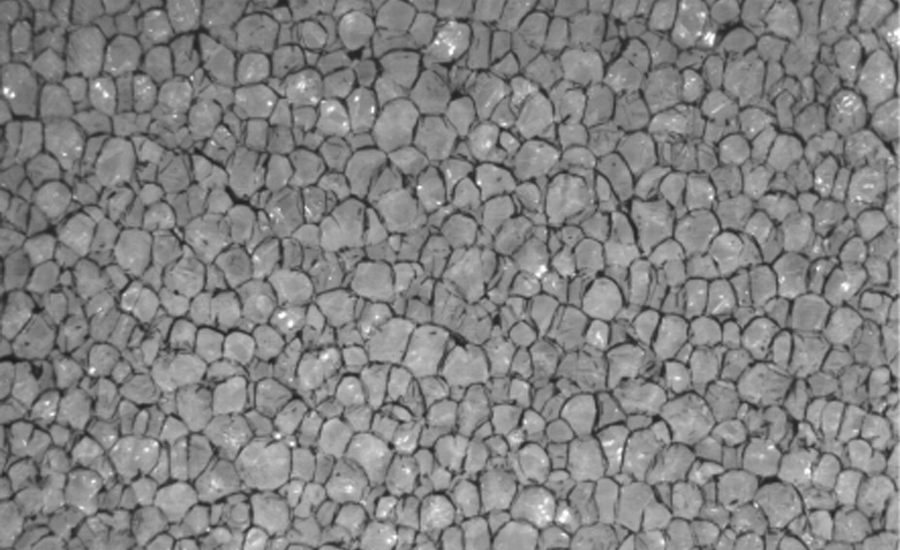
Figure 10: Extruded Polystyrene Cell Structure
XPS derives its R-value from the low-conductivity gas held captive in its cells for the life of the product. It has a long-term R-value of 5-per-inch of thickness when measured at a 75 degrees Fahrenheit mean temperature. As mean temperature decreases into a more wintery range of 40 degrees F, the R-value increases to 5.5-per-inch.
Water is highly conductive, therefore water absorbed in insulation will reduce its thermal effectiveness. Because XPS is highly water resistant, it maintains its R-value in the presence of any water in the cavity of the wall making it an excellent CI choice for closed joint, rainscreen, cavity wall drainage style systems.
XPS is a foam plastic which is combustible. It is also UV-sensitive resulting in the surface slowly becoming brittle with slow erosion after long-term exposure to sunlight through open cladding joints. Therefore XPS is not a good choice for use behind open joint cladding systems where the open joint will allow sunlight to penetrate on a daily basis, and allow fire and heat to penetrate in the event of an NFPA 285 type of event. XPS is commonly used behind all types of closed joint masonry veneer and precast concrete cladding systems. It is not used behind open joint systems like laminates and terra-cotta, and metal panel cladding systems.









